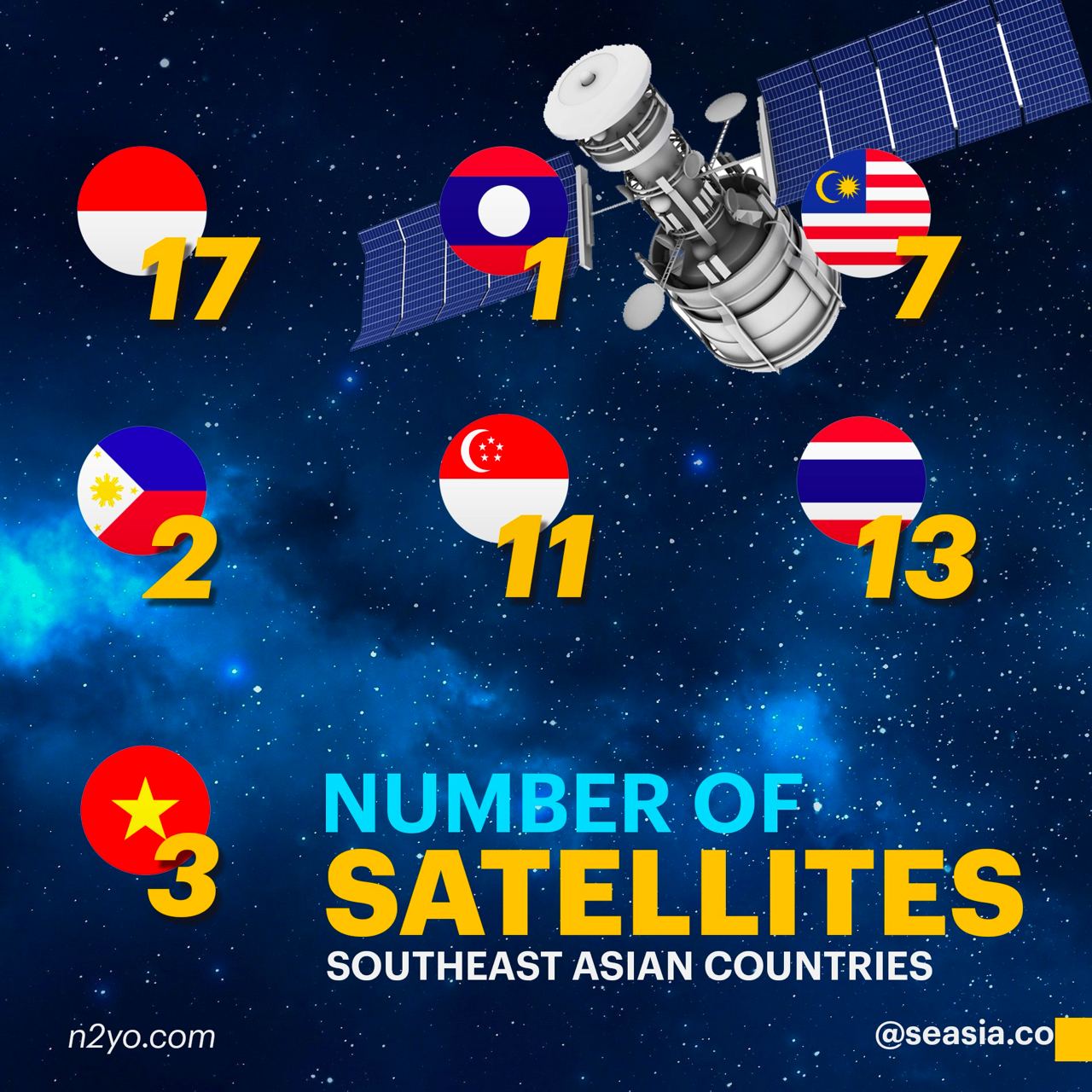More than 2000 active satellites are currently orbiting Earth, and plenty more could soon be joining them.
Reduced costs and growing competition has seen an increasing number of commercial satellites reaching Earth’s orbit, which – unlike national space programs – don’t recognize national boundaries.
While some countries continue to view space through a military lens, collaborations such as the International Space Station have brought nations together to push the boundaries of knowledge about the universe.
This spirit of cooperation is also giving rise to a new breed of entrepreneur keen to exploit the untapped potential of the burgeoning space sector.

Ambitious private endeavours in development include space mining operations, and programmes allowing fee-paying tourists to experience going beyond Earth’s atmosphere.
Business is also booming for the growing number of private firms offering satellite launch capabilities to private clients and national governments. This has helped the spread of satellite technology to less wealthy countries without space programmes of their own.
The UCS Satellite Database, compiled by the Union of Concerned Scientists, a nonprofit science advocacy group, shows that the United States, as of November 2018, had 830 registered units in orbit. That number almost exceeds the combined total of the rest of the top ten. China follows with 280, and Russia is third with 147.
In Southeast Asia, Indonesia operates the most satellites followed by Thailand. Surprisingly, a tiny Singapore operates more active satellites than its much larger neighbors like Phillippines, Vietnam, and Malaysia. According to n2yo.com, Myanmar, Brunei, and Cambodia do not operate their own satellites.
source: World Economic Forum, n2yo.com



















